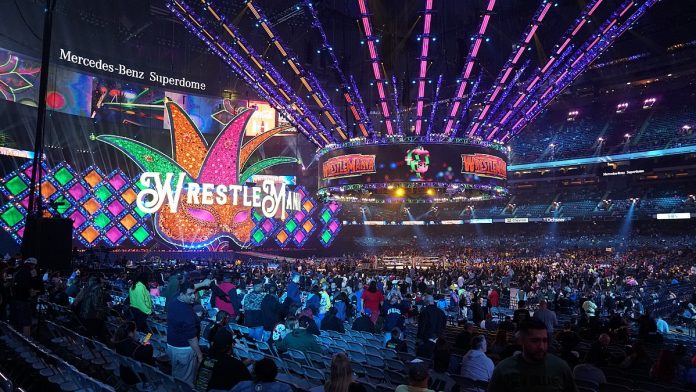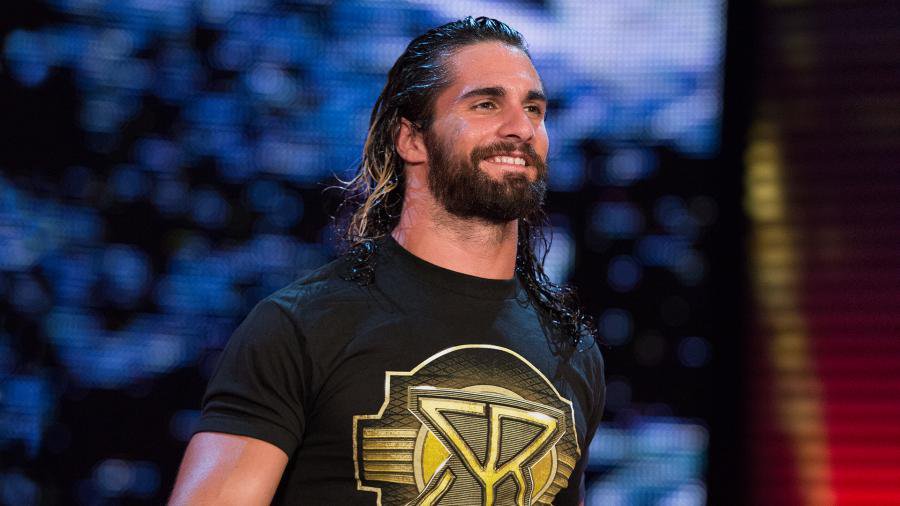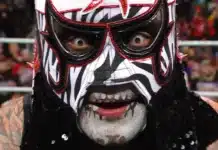
It has been six-and-a-half years since the WWE Network was launched after Classics on Demand closed at the end of January 2014.
The following month, their new online streaming service hit America on February 24. This left just enough time before WrestleMania XXX to see subscriptions soar as hundreds of thousands tuned in to see The Undertaker’s legendary streak snapped by Brock Lesnar and Daniel Bryan’s “miracle on Bourbon Street” that headlined the card.
Ahead of that major pay-per-view, the Network drew praise from with major media outlets including The New York Times who described WWE as putting themselves “on the cutting edge of internet television”. Many a wrestling fan was left wondering if the mainstream was aware of the irony of that following the semi-regular interview segment of the same name hosted by Hall-of-Famer Edge.
Expansion of the Network followed. A 10-year distribution deal with Rogers Media in Canada providing WWE as a premium TV service was announced July 31. Following a number of delays, it also finally launched in the British Isles on January 13, 2015, bringing the product to Europe some five months after being released to some of the Asian market.
India and the Middle East followed just five days before WrestleMania 31. A scramble for subscriptions in these regions came with the enticement of the WWE in-ring debut of WCW icon Sting against Triple H and the bonus of Seth Rollins’ unadvertised “heist of the century” when he cashed in his Money in the Bank contract during the main event.

Before 2015 was out, parts of North and West Africa had access to the WWE Network. Japan and European countries Germany and Italy also saw a launch in early 2016 ahead of only the second Royal Rumble match where the WWE Championship was on the line.
By WrestleMania 32, the Network was available pretty much worldwide after launching for more Far East markets in Thailand and the Philippines. Around WrestleMania 33, there were almost 2,000,000 subscribers globally and 12 months later another 100,000.
This mass adoption of WWE’s live-streaming service is perhaps a reflection of the wider acceptance of the possibilities of live-video services. As Netflix and Amazon blazed a trail, they opened up doors behind them for other services like ESPN+ in the US and NowTV in the UK and Ireland market.
But it permeated more than just sports and film and, soon, other industries were taking note of what streaming made possible. For example, in the casino industry, live dealers for games slowly became a more visible aspect of their offerings. As a specific example, the games online at Space Casino include live-dealer blackjack, making the casino experience more immersive than before.
And, that overall migration to live streaming as a service continues to be evident within wrestling. There is only really parts of Northeast Africa and China where the WWE Network isn’t available now, although rival company All Elite Wrestling is now entering the market. Other than Wednesday nights, when NXT goes head-to-head with their Dynamite show, there is no direct competition for pay-per-views.
What AEW doesn’t have, however, is the vast libraries and back catalogue of WWE programming and other promotions. You can stream old episodes of ECW, Jim Crocket Promotions, WCW and selected AWA, GWF, Mid-South and Smoky Mountain Wrestling.
Wrestling reality and magazine shows like WWE Confidential, Total Divas and Total Bells, and Tough Enough are also there among the hundreds of thousands of hours of grappling. Streaming through the Network has never been more popular thanks to smart TV, games consoles and tablets.






